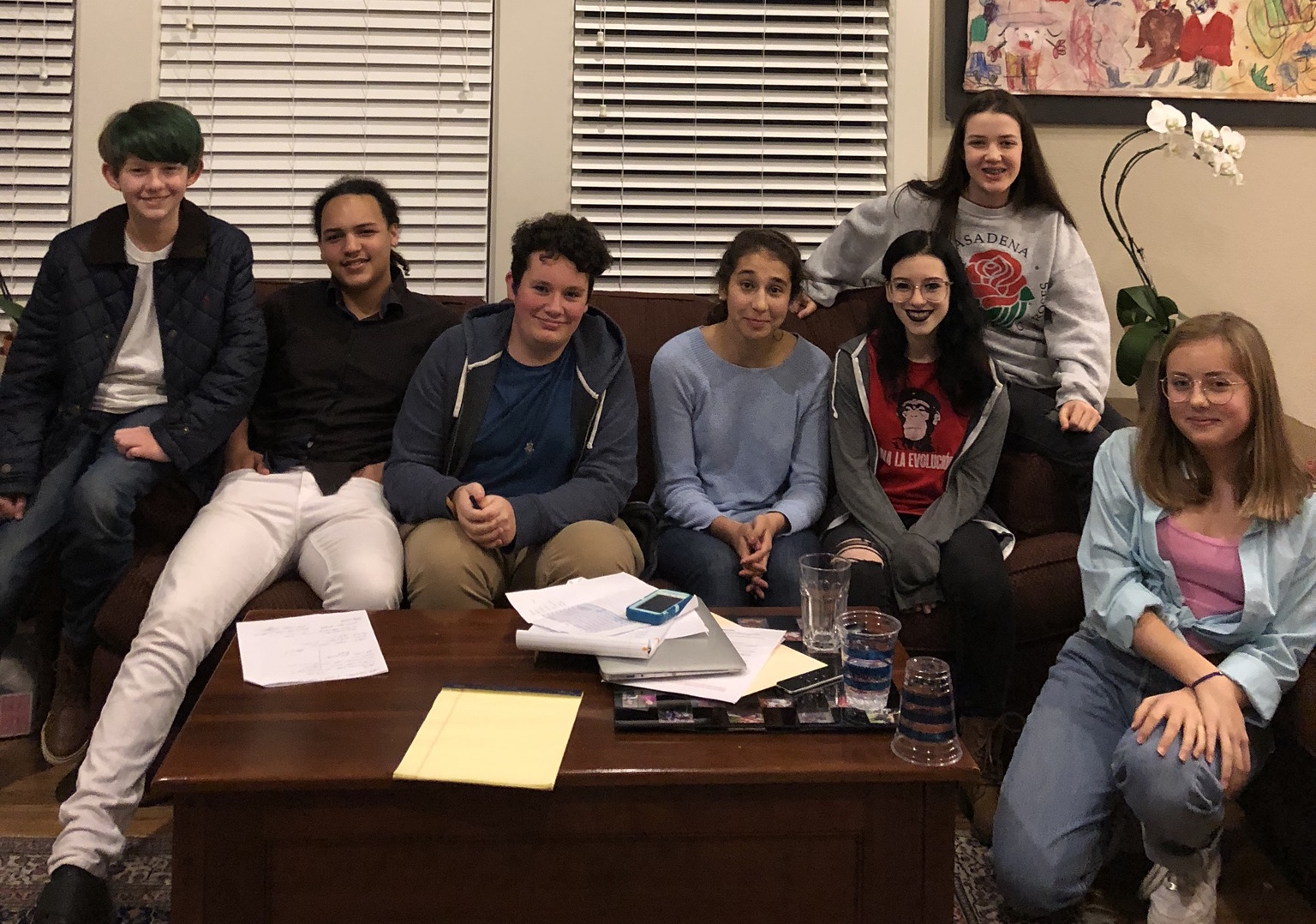
Resources
Community Impact Letter template (New 4/2021)
Send a letter to TX Governor and Lt Governor re: federal stimulus dollars (New 3/2021)
House Party Kit
- Everything you need to know to host a house party (Eng) (Span)
- House Party Resources
- Newest (post 2019 session) Powerpoint
- Powerpoint (Eng) (Span)
- Webinar of Powerpoint
- Love Letter FAQ
- Love Letter to Print
- Color
- Black and White
- PDF for bulk orders (front) (back)
- Sign-in sheet
Basic Meeting Kit
- Quick talk guide
- Basic Meeting Resources
- Powerpoint (Eng) (Span)
- Webinar of Powerpoint
- Love Letter FAQ
- Love Letter to Print
- Color
- Black and White
- PDF for bulk orders (front) (back)
- Sign-in sheet
Love letter campaign
- Love Letter (front)(back)
- Love Letter FAQ
- Love Letter to Print
- Color
- Black and White
- PDF for bulk orders (front) (back)
Powerpoint presentation
(English) (Spanish)

Parents
Your voice matters and will be heard. Find the tools to take action and help mobilize others.

Students
Join a student-led movement. Use your voice. When students speak, leaders listen.

Teachers
Find the resources to protect your programs, engage your students and advocate for what works.
Get the Facts About School Funding
Article 7 of the Texas Constitution requires the Texas legislature to “establish and make suitable provision for the support and maintenance of an efficient system of public free schools.”
We do! Texas taxpayers fund schools through local, state, federal taxes.
Well-funded schools are able to:
- Offer smaller class sizes for greater attention to students
- Attract and retain high quality teachers for improved learning
- Engage students with arts, music, computer science, and other vital programs
The Texas legislature determines how much funding to provide overall, and how much of that amount the state will kick in. But…
- The state has been decreasing its share, down from 48% (2008) to 38% (2019). b. More of the funding burden now falls on local property tax payers.
- The state now uses Robin Hood (recapture) and local property tax growth to balance its budget and provide tax cuts to businesses, instead of investing it in education.
- Robin Hood is based on property values in the district, not families’ incomes, so students in a property-rich district may not get sufficient funding for a quality education despite high taxes.
State legislators make the rules based on:
- Average daily attendance – how many kids show up at school each day by a certain time.
- Additional funding for special populations – English language learners, special education, at-risk youth, etc. These formulas haven’t been updated since they were created in 1984.
- Cost of Education Index (CEI) – how much it costs to live/educate in each district. The CEI hasn’t been updated since 1990, though it’s supposed to be updated every other year.
Your democratically elected school board decides how to allocate its funds.
Voters – those who show up, and those who don’t.
Good elected officials listen to their constituents. Communicate with them about what you think is important. Become an effective advocate:
- Organize
- Build alliances
- Do your research and come up with solutions to the problems
- Educate allies and elected officials
- Empower allies for advocacy
- Advocate at every level
- Vote!
Civic engagement and citizenship are part of the Texas social studies curriculum every single year from Kindergarten through 12th grade. For example: “Citizenship: The student understands and can identify the characteristics of good citizenship, including truthfulness, justice, equality, respect for oneself and others, responsibility in daily life, and participation in government by educating oneself about the issues, respectfully holding public officials to their word, and voting.” – Grade 1 Social Studies TEKS